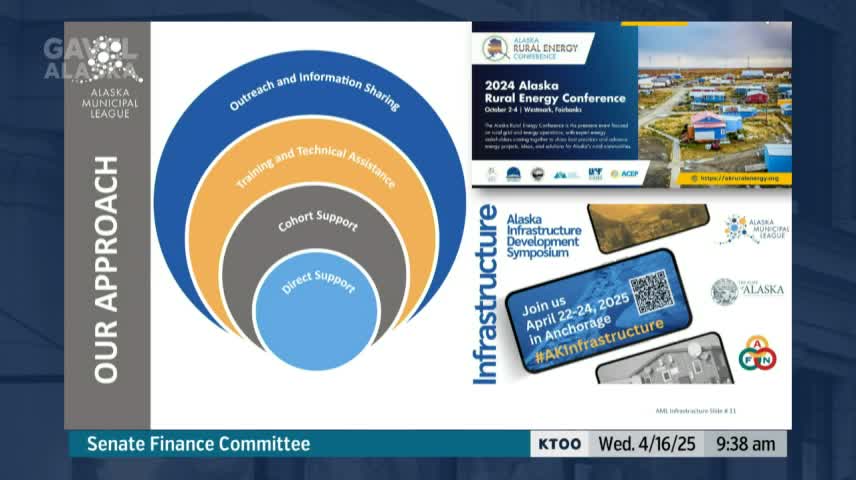Alaska Energy Hub and Transportation Project Plans Forge Future Infrastructure Development
April 16, 2025 | 2025 Legislature Alaska, Alaska
Thanks to Scribe from Workplace AI , all articles about Alaska are free for you to enjoy throughout 2025!

This article was created by AI using a video recording of the meeting. It summarizes the key points discussed, but for full details and context, please refer to the video of the full meeting. Link to Full Meeting
Key discussions centered on workforce development, housing needs, and effective project management as essential components for ensuring that communities can thrive with the new resources. The meeting highlighted two innovative platforms designed to assist local projects: a transportation hub developed in collaboration with the Alaska Department of Transportation and the Alaska Energy Hub, which aims to streamline energy project submissions and evaluations.

Before you scroll further...
Get access to the words and decisions of your elected officials for free!
Subscribe for FreeThe conversation also touched on the progress made in energy initiatives, particularly those stemming from the governor's energy security task force. Notable projects include significant investments in energy generation and distribution, particularly benefiting rural communities. The City of St. Paul was recognized for its proactive approach in securing funding for electric utility upgrades, showcasing the potential for clean energy advancements.
Moreover, the meeting underscored the importance of regulatory reform and workforce development, with funding allocated for cybersecurity improvements in rural utilities and training programs for energy contractors. These efforts align with state priorities, particularly in energy storage and microgrid development, with millions of dollars flowing into communities from the Inflation Reduction Act.
As Alaska stands on the brink of transformative change, the emphasis on strategic planning and community engagement will be crucial in harnessing these resources effectively and sustainably. The outcomes of these discussions could shape the state's infrastructure landscape for years to come.
Converted from 04/16/2025 09:00 AM Senate FINANCE meeting on April 16, 2025
Link to Full Meeting
Comments
View full meeting
This article is based on a recent meeting—watch the full video and explore the complete transcript for deeper insights into the discussion.
View full meeting




